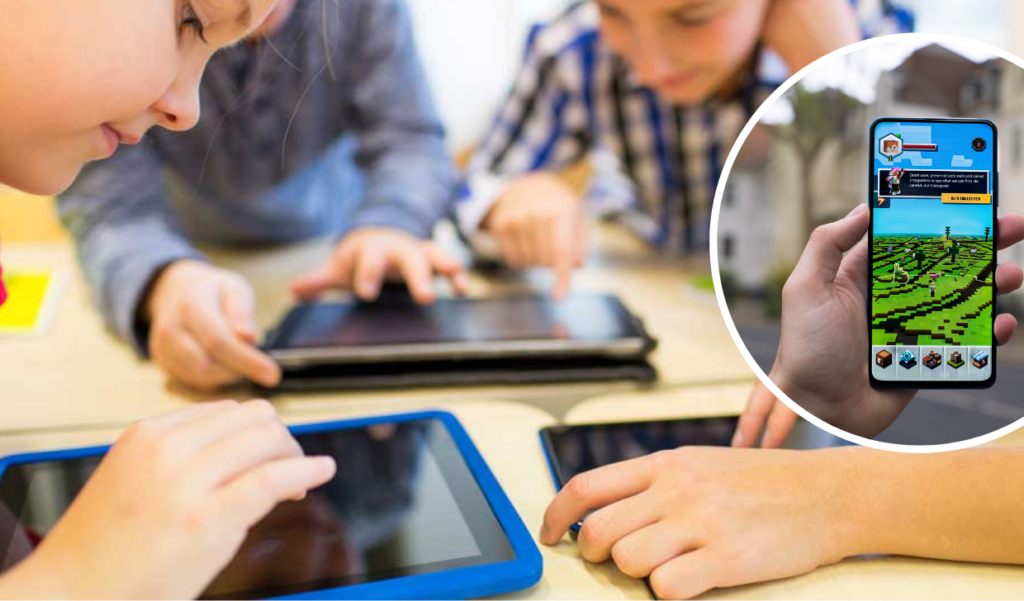Five Reasons Why The Use Of Games In Education Is Cool

Education should involve more than just books and memorization of facts – people learn in different ways, and the technological advancements of recent years should be seen as an opportunity for educators to up their game!
Transform-ED: Education Through Gaming and AI, a recent conference organized by the European Commission Representation in Malta sought to shed light on the strength of new technologies in education. With a line-up of exceptional local and international speakers, Transform-ED brought together educators, professional trainers, thought leaders, and various industry actors.
The aim of the 3-day event was to discuss the future of education in Europe and how games and AI can be turned into a powerful educational tools to provide a more dynamic and engaging learning experience.
Following various key-note speeches and panel discussions, these are the 5 key findings outlining why Gaming in Education is the Next Big Thing:

1. Engaging and Motivating: Games have a unique ability to capture students’ attention and motivation. By incorporating game elements such as challenges, rewards, and interactive gameplay, educational games make learning enjoyable and engaging. This can enhance students’ intrinsic motivation, leading to increased participation and better retention of knowledge.
2. Active Learning: Games promote active learning by encouraging students to actively participate, make decisions, and solve problems within the game environment. This hands-on approach allows students to learn through experience, experimentation, and discovery. It fosters critical thinking, problem-solving skills, and creativity while providing an immersive and interactive learning experience.
3. Personalized Learning: Games can be tailored to individual students’ needs, allowing for personalized learning experiences. Adaptive game mechanics can dynamically adjust the difficulty level based on students’ performance, ensuring a suitable challenge for each learner. This customization helps cater to different learning styles, pacing, and skill levels, creating a more effective and personalized educational experience.
4. Collaboration and Social Interaction: Many educational games incorporate multiplayer or cooperative elements, promoting collaboration and social interaction among students. Collaborative gameplay encourages teamwork, communication, and the development of social skills. Students can work together to solve challenges, share knowledge, and engage in meaningful discussions, fostering a collaborative learning environment.
5. Immediate Feedback and Assessment: Games provide instant feedback to students, allowing them to assess their progress, identify areas for improvement, and adjust their strategies accordingly. Immediate feedback helps students understand the consequences of their decisions and promotes a growth mindset. Teachers can also utilize game analytics to gather data on students’ performance, track progress, and gain insights into their strengths and weaknesses.
Overall, the use of games in education offers a range of benefits, including increased engagement, active learning, personalization, collaboration, and immediate feedback. These elements help create an engaging and productive learning environment, making use of games in educational settings an innovative and effective strategy.
Tag a forward-thinking educator!
